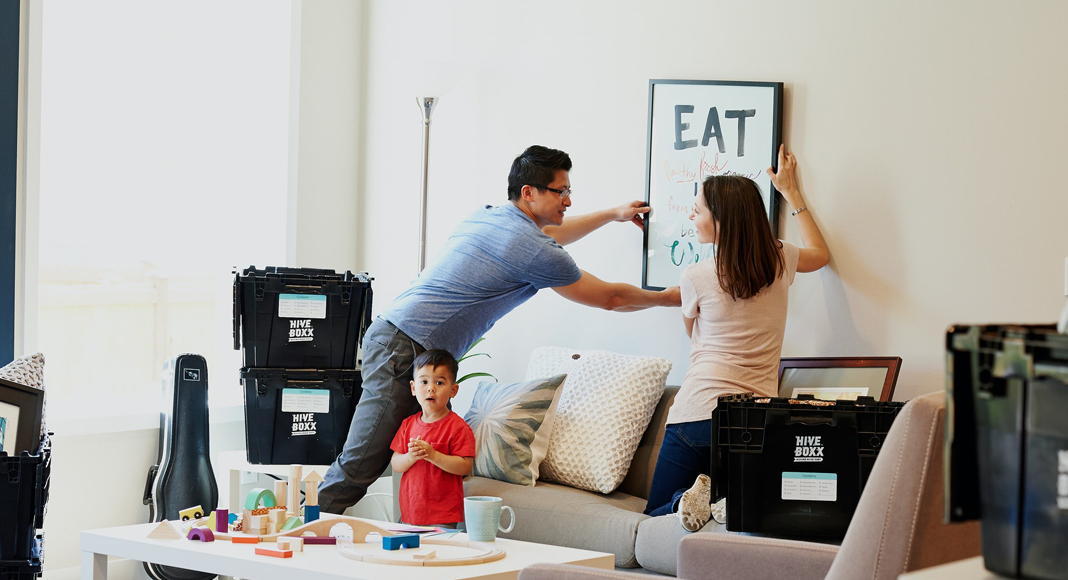Hello there! Today I wanted to share with you a very special topic, bedwetting! I was asked by both Eastern Idaho Regional Medical Center and the East Idaho Mom’s Blog to share my unique knowledge on the topic.
I know, I know…I have a 1 year old, so how in the world would I have any clue…right!?
Well…I am the regional expert in Pediatric Pelvic Health! As a Pediatric Occupational Therapist at EIRMC, I receive extensive referrals from GI and Urology providers to help kids in our region. I see children ages 4-17 years old who struggle with delayed toilet training, daytime and nighttime wetting, chronic constipation, frequent UTIs/pelvic pain, and fecal soiling.
One of my favorite resources to direct parents towards is Dr. Hodges’ Bedwetting and Accidents website. Dr. Hodges is a world renown pediatric urologist who specializes in bedwetting and its common ties to chronic constipation [please see my previous guest blog post here on constipation].
Much of the information I am provided today is taken directly from his resources; as I have found them to be the most evidence based and helpful for my client’s and their families personally!
Many children show signs of being ready for potty training between 18-24 months; though most will not be ready until they’re 3 years old. Make sure your child is showing all the signs of readiness prior to potty training; otherwise you could inadvertently encourage issues down the road [please see my previous guest blog post here on potty training]. Daytime dryness typically precedes night time dryness by about 6 months. If your child is showing issues with achieving nighttime dryness after about 6 months of potty-training success or 4 years of age; then there could be a problem. I have heard, many times from clients and their families that they have been told that their child will “just out grown out of it…” I’m here to tell you, that is not always the case!
Here are my favorite tips and tricks.
- Treat constipation aggressively! Constipation affects about 1/3 of children who wet the bed. Because the rectum is just behind the bladder, difficulties with constipation can present themselves as a bladder problem, especially at night.
- Rule out other medical conditions including constipation, diabetes, sleep apnea or parasomnias, overactive bladder, UTIs, and possible bladder reflux (otherwise known as vesicoureteral reflux).
- Schedule bathroom breaks. Get your child on a regular daytime urination schedule (every 2-3 hours) and right before bedtime.
- Be sure that your child is fully emptying their bladder each toileting attempt. Try “double voiding/trying twice.” After a sit/or attempt at toileting, have the child complete a slow and gentle stretch by reaching up then touching their toes; then try again. Sometimes urine can get trapped, and the change in position can assist with fully emptying. Be sure their toileting position is well supported. Feet should not be “dangling.” Offer a step stool so they feel supported and are able to fully relax. Be sure your child is taking the time to relax their muscles while on the toilet to allow all the pee to escape the bladder.
- Eliminate bladder irritants. At night, start by eliminating caffeine (including things like chocolate milk and cocoa). If this doesn’t work, cut citrus juices, artificial flavorings, dyes (especially red), and sweeteners. Many parents don’t realize these can all irritate a child’s bladder.
- Avoid thirst overload. If school allows, give your child a water bottle so they can drink steadily all day. This avoids excessive thirst after school. Increase fluid intake earlier in the day and reduce it later in the day.
- Work on improving sleep by utilizing a calm bedtime routine and sleep hygiene strategies. Offer an earlier bedtime. Often children are deep sleepers because they’re simply not getting enough sleep. Cut back on screen time, especially before bedtime. Improving sleep hygiene can help their minds slow down so they can sleep better. Don’t wake children up to urinate, it will only lead to more sleeplessness and frustration. *Note: this is up for debate amongst some professionals. I will state that some of my families have had success in waking their child at night before the parents go to bed and some have also used bed alarms.
- Don’t resort to punishment. Getting angry at your child doesn’t help them learn. The process doesn’t need to involve conflict.
- Be encouraging. Make your child feel good about progress by consistently rewarding successes.
If your child continues to have issues with night time dryness after implementing these strategies, reach out to their pediatrician. They can provide you with a referral to see me at EIRMC’s Pediatric Therapies for a thorough exam and pelvic floor therapy!













